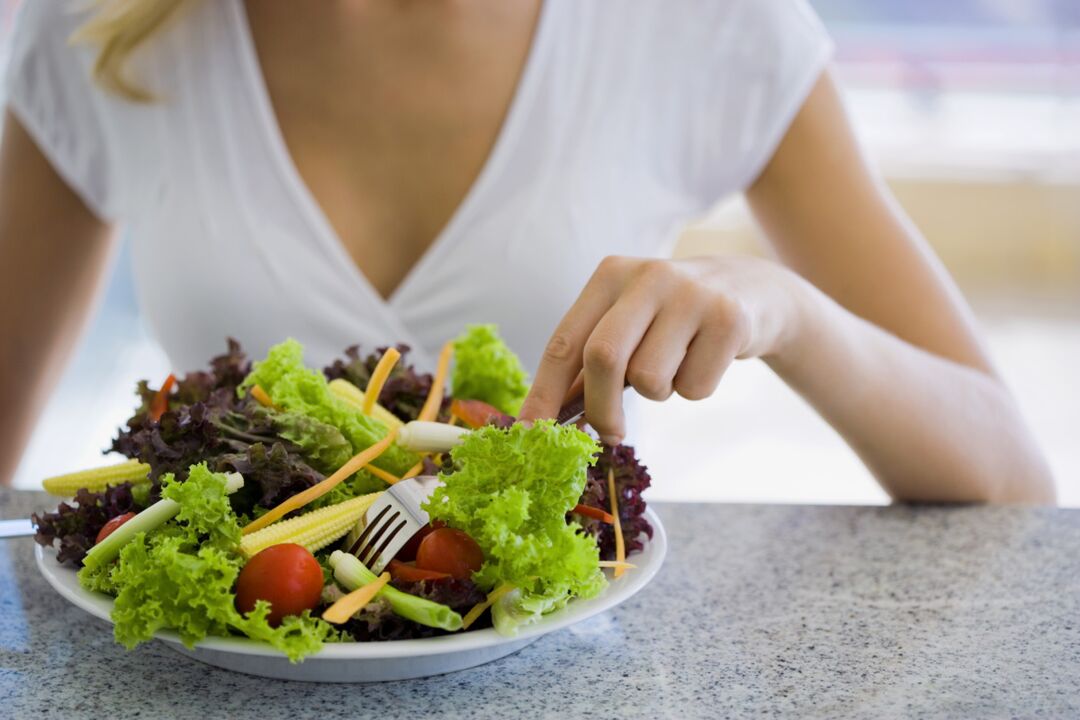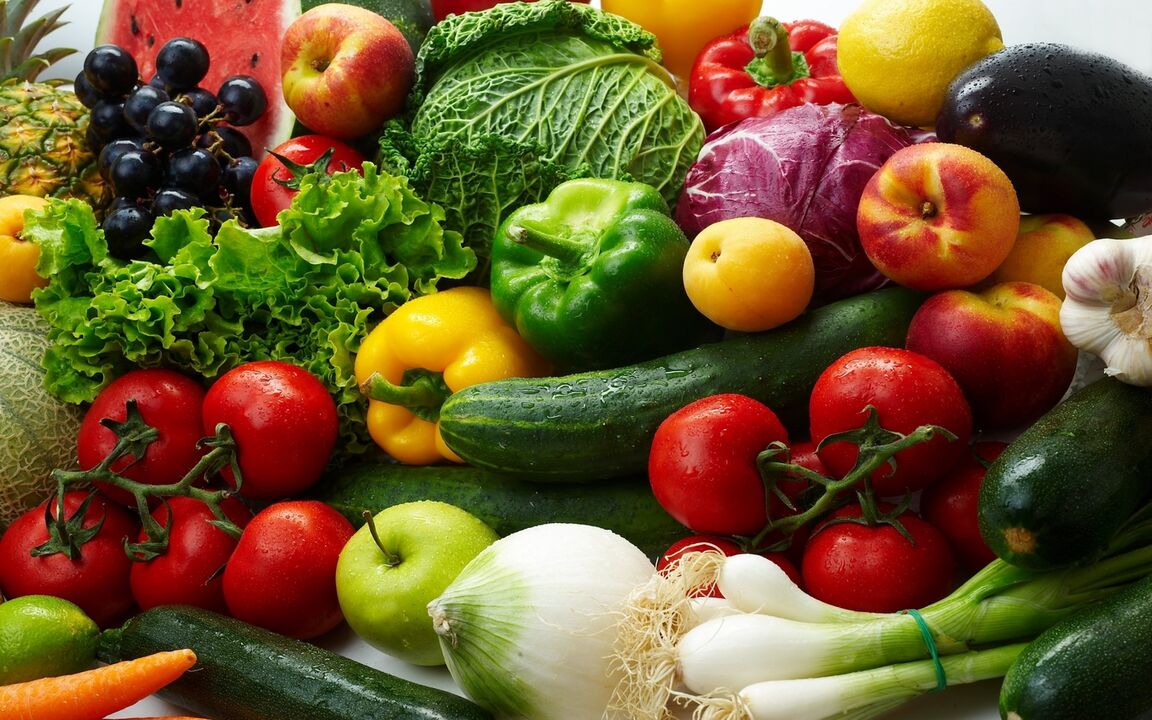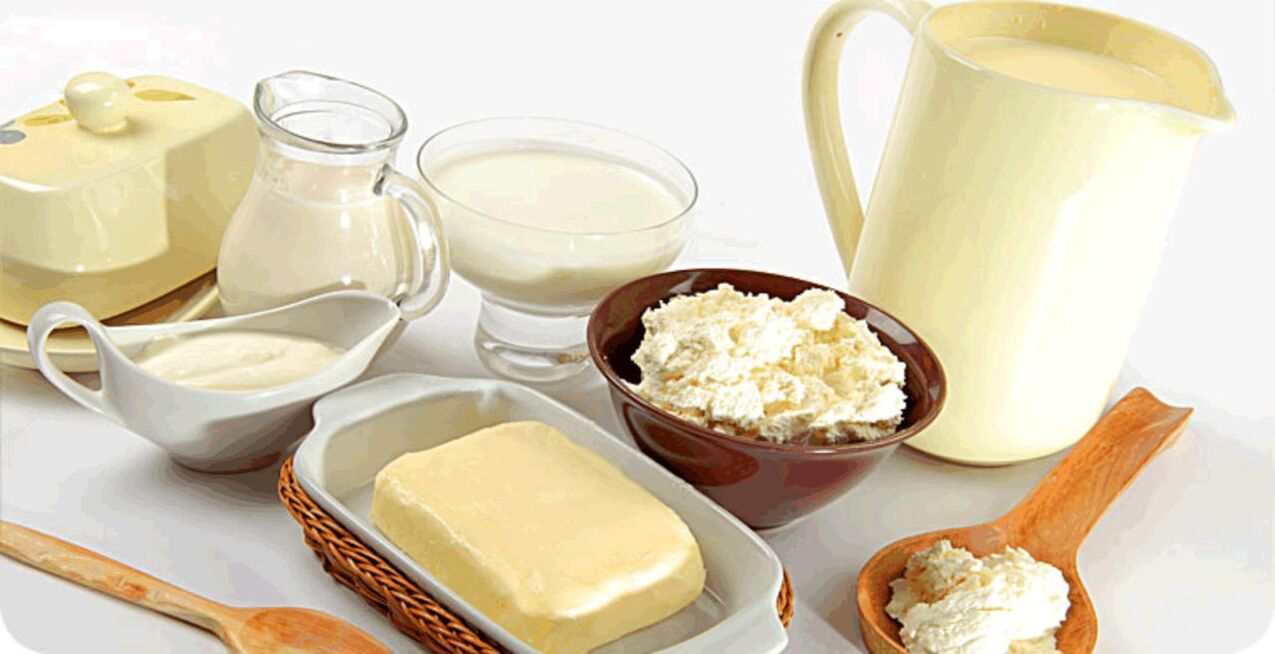In cases of serious diseases, especially autoimmune diseases, medical treatment alone is not enough. In addition to medications, patients are prescribed physiotherapeutic procedures and are recommended to adhere to a special nutritional system. You also need a diet for gout and high uric acid.
What are the substances that increase uric acid
Acute pain in the joints and redness of the skin indicate a violation of uric acid metabolism and complications caused by its excess. As a rule, the percentage of urea in the blood increases due to metabolic disorders. Acid -bound salts turn into stones and lead to gout and urolithiasis.
First of all, the disease occurs in people who are genetically predisposed to them, but an unhealthy lifestyle also contributes to increased uric acid levels. Excessive consumption of alcohol, flour products, sweets, fatty and spicy foods, as well as improper and restricted nutrition can trigger the development of this disease.
The diet for gout is not temporary, but permanent, and it should not be violated. It is possible to distinguish the principles of nutrition for gouty diseases:
- Complete exclusion of products containing purines: products from cocoa beans, tea, river fish, sprats, herring, sardines, asparagus, spinach, legumes, fatty beef and pork, liver.
- Reduces protein intake which increases vein content.
- Drink plenty of water to get rid of uric acid and salt.
- Elimination or significant reduction in salt intake. If eaten, then in small quantities during cooking.
- Proper nutrition and a balanced diet, in which the body can receive all the necessary substances without overload.

What foods can be eaten
Since a diet for gout and high uric acid is permanent, it should become a habit, a way of life. It is better to eat according to plan, i. e. all products and dishes should be prepared in advance. Otherwise, there is a chance to escape and eat harmful products. Of course, for this you need to consult a doctor and make a list of allowed foods. The list of what to eat and from where you can cook dishes for gout includes the following products:
- certain types of meat and fish (chicken, turkey, rabbit meat). The meat is only boiled and lean;
- seafood;
- eggs (no more than one a day);
- vegetable oils (butter is also edible, but rarely and to a limited extent);
- cereals (except rice) and pasta;
- abundant intake of vegetables, fruits and herbs is recommended, except for small exceptions-parsley, celery, carrots;
- dairy products should be fat -free - yogurt, kefir, fermented baked milk, unsalted cheese;
- spices are better excluded, but sometimes you can use a small amount of bay leaf, cinnamon, vanilla, vinegar;
- from sweet natural products - honey, jam, marmalade;
- alcohol should be excluded altogether, but in very rare cases no more than 100 g of vodka may be allowed;
- from beverages-plain and mineral water, juices from fruits are allowed, rosehip soup, chicory, fruit drinks.

What not to eat
Along with the foods that are allowed to be eaten, you need to decide which foods should not only be eaten raw, but also cook any dish:
- sausages and fatty meats;
- tomatoes, asparagus, cauliflower, spinach;
- canned vegetables and canned fish and meat;
- mushrooms in any form;
- fatty dairy products;
- animal fats;
- plums;
- smoked products (fish, meat);
- spices;
- sweets, especially with lots of cream;
- spicy and salty cheese.

The list of allowed and prohibited products should be tailored to each individual case. If the patient has a concomitant disease, such as diabetes mellitus or internal organ disease, this must also be taken into account. It should also be remembered that the various types and stages of gout require temporary restriction, even for selective diets. So, with deterioration, meat and fish are completely excluded.
If a person suffers from swollen joints, then it is recommended to use a decoction of watermelon and herbs.
The right menu
It is important not only to know what to eat, but also under what circumstances to determine which dish is right for you. For breakfast, it is recommended to give preference to nutritious and high -calorie, but simple meals. Very suitable: cereals, cheesecakes, scrambled eggs with vegetables, pancakes. For lunch, it is better to choose the first course of vegetables, boiled meat, steamed or cut meatballs, compote, vegetable salad, milk soup and cereals.
Dinner should be light, but not make you feel hungry. It is better to choose dishes from vegetables, low-fat dairy products: vegetables and cottage cheese casserole, pancakes with jam, kefir, dried fruits, steamed fish with vegetables, etc. Once a week, nutritionists advise to arrange a day of fasting. But don’t do without food at all! For such days, fruits and vegetables in small quantities, as well as sour milk products, are ideal.
In any case, the treating physician and nutritionist should determine which foods are edible and which should be excluded. It is not safe to choose your own diet - in the process of treating one disease, you can acquire another.













































































